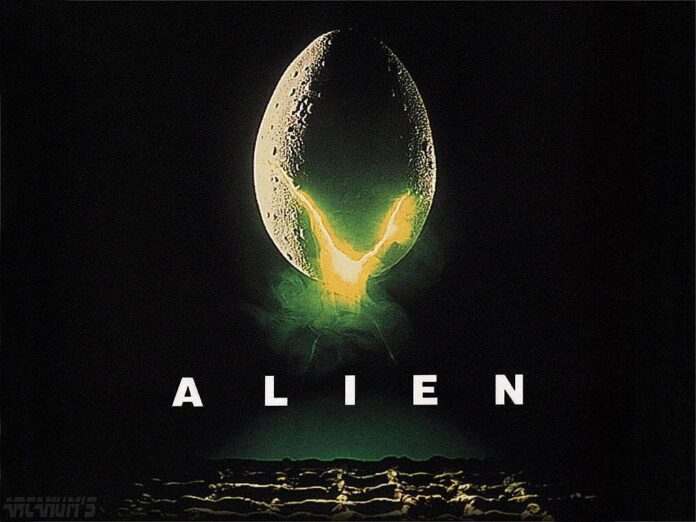The Alien franchise is owned by 20th Century Studios, a subsidiary of The Walt Disney Company. Originally created by 20th Century Fox, the series rights transferred to Disney following its acquisition of 21st Century Fox in 2019. The franchise was initiated by director Ridley Scott and screenwriter Dan O’Bannon in 1979 with the release of the original Alien film.
Revenue:
The Alien franchise has generated substantial revenue through films, merchandise, comics, and video games. As of the latest records:
Total film revenue has surpassed $1.6 billion worldwide.
- Original Alien (1979): Directed by Ridley Scott, it earned about $105 million globally and became a groundbreaking science-fiction horror film.
- The second movie in the Alien series, Aliens (1986), was a significant financial success, grossing about $183.2 million globally. This marked a big achievement for James Cameron, who directed the action-oriented sequel. Domestically, it earned approximately $85.1 million, driven by strong word-of-mouth and audience interest in the action-horror combination that defined the movie.
- The third installment, Alien 3 (1992), did not perform as well. Although it opened with high anticipation, mixed reviews affected its longevity, resulting in a total worldwide revenue of $158.5 million, with $54.9 million from North American theaters and $103.5 million internationally.
- The highest-grossing film, Alien vs. Predator (2004), made $177 million.
- Prometheus (2012): This Alien prequel remains the franchise’s top-grossing film with $403 million in worldwide box office revenue.
- Alien: Covenant (2017): Earned $240 million globally, solidifying its appeal across generations.
With Disney’s acquisition of 20th Century Fox, Disney now owns the Alien franchise and plans to expand it further, including a new TV series for FX on Hulu.
Alien: Romulus (2024): This upcoming installment marks the franchise’s continued expansion into new storylines and character arcs.
Interesting Facts About Alien:
- Inception: The first Alien movie was inspired by classic sci-fi and horror elements, with Dan O’Bannon drawing on personal experiences and Ridley Scott’s visual flair contributing to its gritty tone.
- Practical Effects: The famous “chestburster” scene from Alien (1979) was filmed without informing the cast of the specifics, creating genuine shock and horror in the actors’ reactions.
- Innovative Design: Swiss artist H.R. Giger designed the iconic Xenomorph, whose biomechanical style added to the creature’s terrifying appearance and helped the film earn an Academy Award for Visual Effects.
- Female Protagonist: Sigourney Weaver’s character, Ellen Ripley, broke stereotypes by positioning a female lead in a powerful action and survival role, becoming one of the most iconic characters in sci-fi.
- Box Office Success: The original Alien film grossed over $100 million on an $11 million budget and established the viability of sci-fi horror as a lucrative genre.
- Expansive Universe: The Alien franchise includes multiple films, comic books, novels, and games. It also expanded through a crossover series, Alien vs. Predator, which combined the Alien and Predator universes.
- Influence on Filmmaking: The franchise inspired sci-fi and horror films globally. Directors like James Cameron, who directed Aliens (1986), innovated the genre by blending action elements with horror.
- Prequel Exploration: The prequels Prometheus (2012) and Alien: Covenant (2017) explore the origins of the Xenomorph species, introducing deeper lore and philosophical questions about creation and artificial intelligence.
- Multiple Awards: Alien won an Oscar for Best Visual Effects, and the franchise has since earned numerous nominations and accolades, including Saturn Awards and critical recognition for special effects.
- Reboot Potential: With Disney’s ownership, a reboot or expansion of the Alien franchise remains likely, with new films and TV series in development aimed at re-engaging fans.
- Connection to NASA: When Alien released in 1979, its space realism was considered by some to be ahead of its time. NASA reportedly showed scenes from Alien to astronauts as an exercise in managing unexpected situations in space.
- Academy Award-Winning Franchise: Alien received the Academy Award for Best Visual Effects in 1980. Aliens was also nominated for multiple Academy Awards, winning two Oscars in the categories of Sound Effects Editing and Visual Effects.
- Longest Gap Between Sequels: Between Alien: Resurrection (1997) and Prometheus (2012), there was a 15-year gap, making it one of the longest breaks between sequels in a franchise.
- Sigourney Weaver’s Breakthrough Role: Sigourney Weaver was virtually unknown before her role as Ripley in Alien, but the role launched her into international stardom and reshaped action film roles for women.
- Iconic Sound Design: The unsettling sounds in the Alien films were created using unconventional methods. For example, Aliens used a microphone submerged in a bottle of water to produce the sound of Xenomorph movement.
